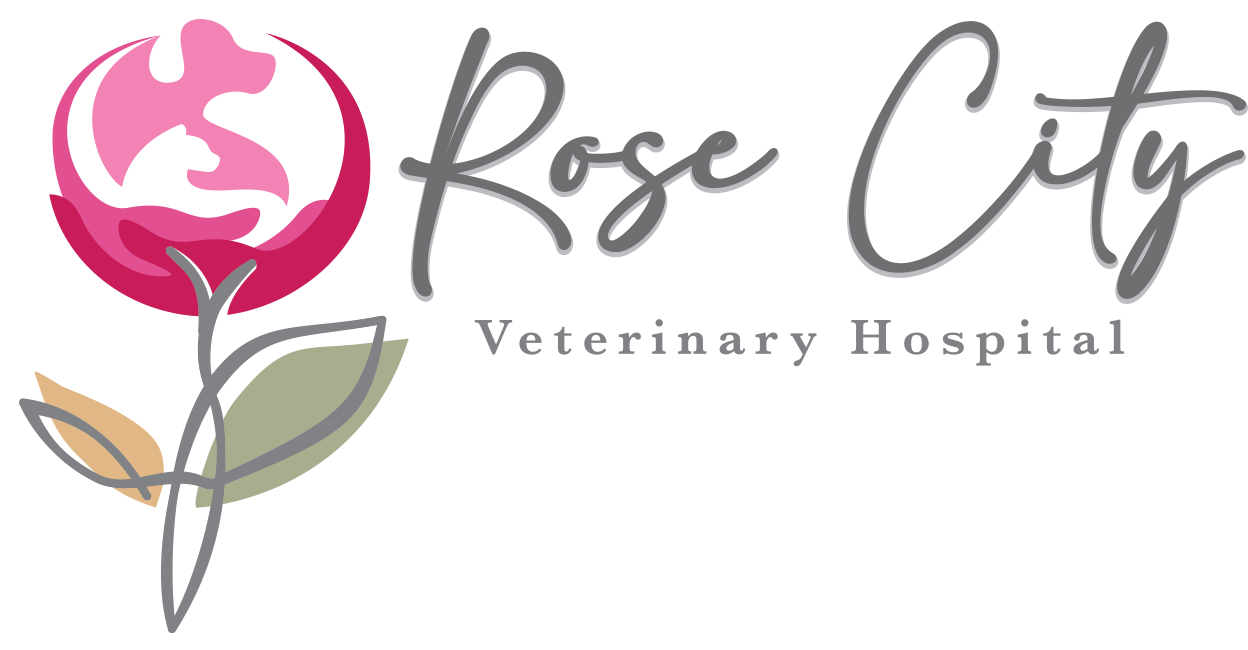Library
-
Lameness in Dogs
Si un perro no puede moverse de forma normal se dice que está cojo. Las causas de cojera más habituales son el dolor en una articulación o en sus estructuras de soporte o bien la inestabilidad de una articulación.
-
Colchicine is given by mouth and is used off label to primarily treat amyloidosis and Shar-Pei fever. Give as directed by your veterinarian. Side effects are not well documented and may include nausea, vomiting, diarrhea, lack of appetite, skin rash, incoordination, severe tiredness, weakness, infections, bleeding, or bruising. Do not use in pets that are allergic to it or in pets with severe kidney, gastrointestinal, or heart disease. If a negative reaction occurs, please call your veterinary office.
-
Colitis simply refers to inflammation of the large intestine or colon. Signs include frequent, small volumes of semi-formed to liquid feces, straining, and small amounts of bright red blood. The causes of colitis include stress, infections, and parasites, trauma, allergic colitis, and primary inflammatory bowel disease. The diagnosis of colitis is based on your pet's clinical signs and history, microscopic evaluation of the feces, rectal examination, cytology, and blood tests. The specific cause of colitis will dictate the appropriate treatment. For most dogs diagnosed with colitis, the prognosis is excellent for a speedy recovery.
-
Choosing the right collar or harness for a dog requires understanding how each device works and what is best for the dog and the owner. Correct selection, fit, and use are crucial for any training tool's success.
-
Elizabethan Collars in Dogs
Los collares isabelinos se utilizan para prevenir interferencias con cualquier vendaje o herida. Es normal que los perros se laman las heridas, pero esta práctica puede retrasar mucho la cicatrización y provocar infecciones. Por eso es importante que se deje puesto el collar, en especial cuando el perro está sólo.
-
Head Halter Training for Dogs
Los collares de cabeza se utilizan como alternativa a los collares convencionales porque tienen muchas ventajas. Por un lado, permiten conseguir un mejor control del animal con menos esfuerzo; por otro lado, los perros que tiran demasiado con los collares tradicionales pueden lesionarse el cuello y, aunque los collares de cabeza tampoco deberían utilizarse cuando este tipo de lesiones ya se ha producido, son por lo general más seguros y evitan que el animal se agobie y se encuentre parcialmente asfixiado al tirar.
-
Gentle, graceful and sweet, the Collie wags her tail gently whenever approached. Eyes seem to smile their welcome. They're willing to do the same chore again and again, only asking a loving touch in thanks.
-
Collie Eye Anomaly (CEA) is a genetic mutation affecting many breeds that causes developmental defects in the eye that can lead to vision deficits or blindness. This defect can be diagnosed by a veterinary ophthalmologist between 6 and 8 weeks of age by visualizing spots of choroidal hypoplasia or a colobomas . It can be associated with microphthalmia or enophthalmia. It can lead to retinal detachment and blindness. Although laser repair of partial retinal detachments can be attempted if detected in early stages, there is generally no treatment for CEA. Vision varies depending on the extent of the lesions and some dogs will become blind. Prevention requires not breeding animals that carry the mutation and this can be achieved through genetic testing of breeding dogs.
-
Colloidal oatmeal topical (brand name DermAllay®, Epi-Soothe, others) is an anti-inflammatory, antipruritic (anti-itching), and emollient (softening, soothing) agent used in the treatment of surface skin disorders and skin reactions in cats and dogs. It is made from oat grains (Avena sativa). Colloidal oatmeal topical comes in spray, cream rinse, and shampoo forms.
-
Color dilution alopecia is an autosomal recessive genetic disorder that affects dogs with dilute-colored coats causing hair loss. Some dogs will also be affected by secondary bacterial infections so topical management and pruritus treatments may be needed to improve the dog's comfort. Affected dogs and their relatives should not be bred.



